ArtWork Gallery
Andrey Terebov (Kiev) has sent a letter sharing experiences with AKVIS ArtWork. Below are excerpts from the letter and comments about the paintings.
Andrey writes that he has long been interested in artistic photography and in methods for improving the expressiveness of his work − especially in stylization. While testing the trial version of AKVIS ArtWork he noticed not only the program's convenience and ease of use, but also the ability to see a small preview of the result. And most important, adds the author, − is the real effect of painting, incorporating the design of the creator, and the texture of the strokes:
I printed a pair of works on a plotter in 30х45 и 50х60 format on a "canvas" layer. Realistic oil paintings! Printing on matte photography paper also yields great results, but a texture layer is needed. Choosing an appropriate frame (without glass) adds the finishing touch. AKVIS ArtWork could be called 'POTENTIAL'.
Classical photography, as a rule, follows conventions. But in many genres these conventions restrict artistic expression (portrait, landscape, still life, etc.) Refinements made in a graphics editor do not always produce the desired effect, but by using AKVIS ArtWork one has the opportunity to realize their creative ideas, it's not just a painting program − this is a serious creative tool.
Andrey wanted to discuss what he felt were some interesting applications of AKVIS Artwork, primarily for beginner photographers.
Usually there are many prints, negatives, slides, etc in an archive that are valuable: rare or non-existent views, landscapes, architecture, portraits, and much more. But often for various reasons (defects, damage, blurring, etc.) they are difficult to use. Retouching or restoration maybe useless, but with AKVIS Artwork the result will depend mainly on your skills. If color distortion is not easily corrected, the painting will be an effective expression of the artist's methods or even of a style (Impressionism, for example). Creating interesting photo art (in the style of surrealism, or in the style of "a la Chagall") is attractive, but difficult and time-consuming. Applying AKVIS Artwork in the final stages of design will help hide errors and yield a unique painting.
Note: Click on an image to view a larger version in a separate window.
Example 1. Test photo. After using AKVIS ArtWork the photo has artistic appeal.
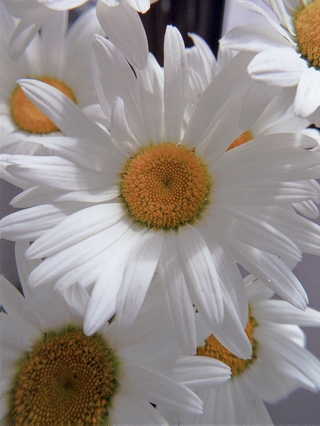 |
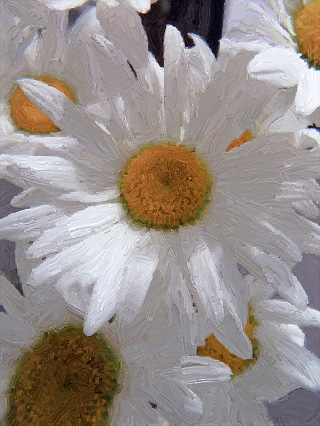 |
| Scan of a color negative | Result |
Example 2. Crop (about ¼) of a color negative with blurring and color distortion. Versions 1 and 2 are good examples of creativity: ArtWork can create a work of art even from a defective photo.
 |
 |
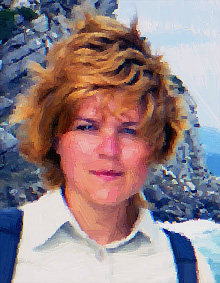 |
| Fuzzy Photo | Version 1 | Version 2 |
Example 3. The complexities of color. AKVIS Artwork produces a pleasing result.
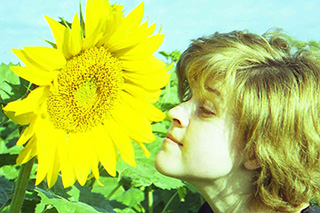 |
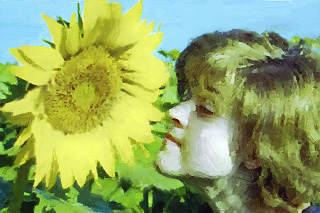 |
| Scan of a photo negative | Result |
Example 4. Careful selection of strokes gives this tourist's photo a more artistic view.
 |
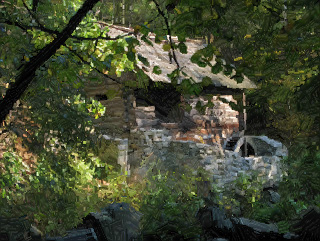 |
| Digital Photo | Result |
Example 5. Because of "shake" it was impossible to perform a large-format print from this 24x36 scan. After the magic of AKVIS Artwork the images was printed in 50x60 format on canvas - a stunning result!
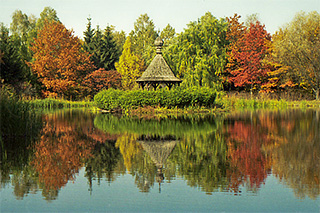 |
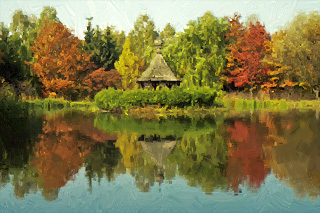 |
| Landscape | Result |
Example 6. It's not difficult at all to turn an amateur digital photo into an artistic portrait.
 |
 |
| Digital Photo | Result |
Example 7. "Impressionism" with AKVIS ArtWork.
 |
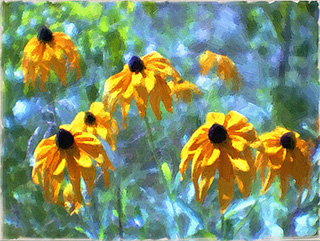 |
| Scan of a color negative, monocle | Result |
Example 8. After processing in AKVIS ArtWork (texture area - backing "canvas, priming" about 2 cm for the overlap on the stretcher) it was printed on canvas on a plotter. A random test image has become a wonderful gift.
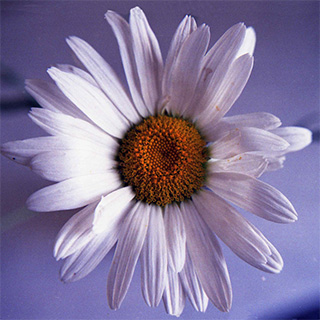 |
 |
| Scan of color negative | Result |
Example 9. Wonderful miniature art - a gift from Ukraine.
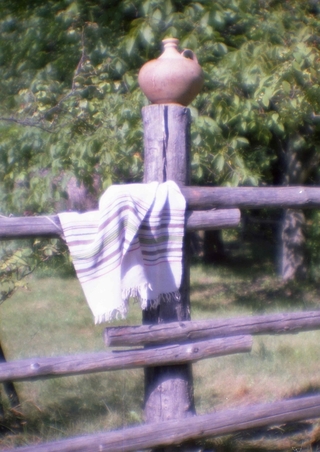 |
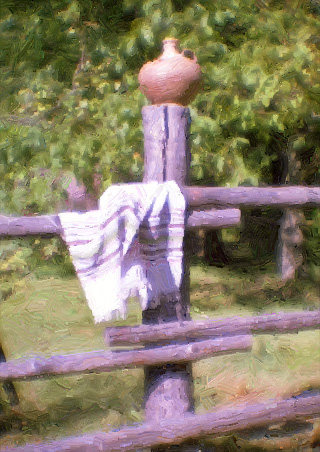 |
| Scan of color negative, monocle | Result |
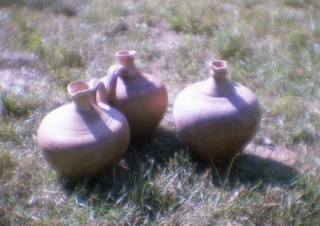 |
 |
| Scan of color negative, monocle | Result |

